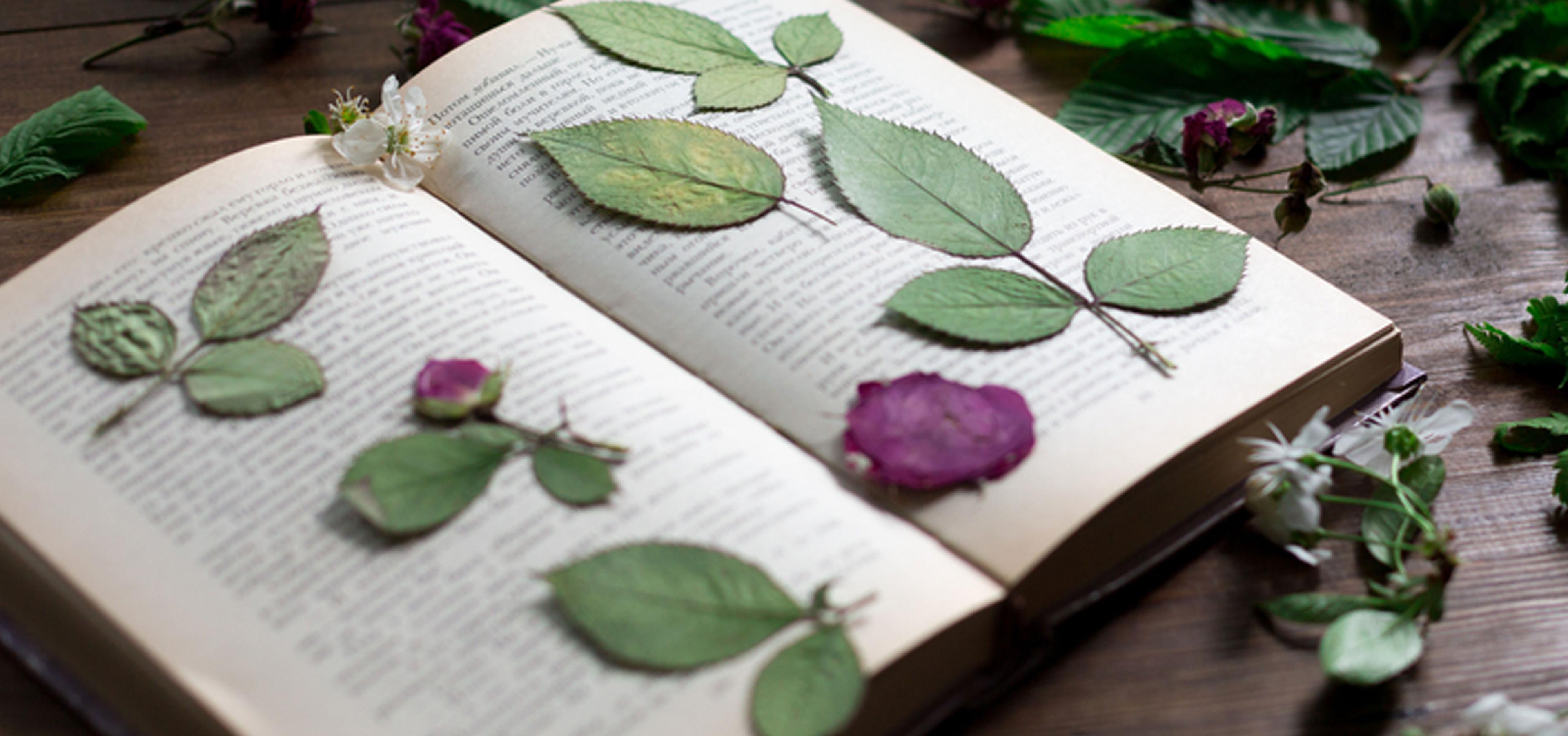Montessori philosophy encourages children to explore the natural world and develop an appreciation for its beauty and diversity. One way to support this exploration is through the use of leaf pressing, a technique that can help children to preserve specimens, such as leaves and flowers, for later study and enjoyment.
Overview of this activity:
Leaf pressing is a simple and effective way to preserve specimens, such as leaves and flowers, so that they can be enjoyed long after they have fallen from the plant. By preserving these specimens, children can examine them in detail, learn about their characteristics, and use them in a variety of creative activities. Also it can be used in creative art and crafts.

Steps for the leaf pressing process:
Leaf pressing is a straightforward process that can be easily completed by children with adult supervision. Here are the steps for the process:
- Collect leaves and flowers: Encourage children to collect leaves and flowers from a variety of plants, choosing specimens that are in good condition and of interest.
- Flatten the specimens: Place the specimens between two sheets of absorbent paper, such as blotting paper, and then place a heavy book or other weight on top. Leave the specimens to dry for several days, changing the paper if it becomes too damp.
- Mount the specimens: Once the specimens are dry and flattened, they can be mounted on a piece of card or paper using glue or double-sided tape. Be sure to label each specimen with its name and the date it was collected.
- Store the specimens: Store the mounted specimens in a safe, dry place, such as a folder or a box, to keep them in good condition.
Benefits of leaf pressing:
- Science and nature study: Use the specimens to learn about different plant species, their structures, and their adaptations to different environments.
- Art and craft: Use the specimens to create collages, and in other art projects. Can be used to decorate cards for gifting
- Writing and storytelling: Use the specimens as prompts for writing or storytelling, encouraging children to use their imaginations to create stories or descriptions of the plants.
In conclusion, leaf pressing is a valuable activity in the Montessori environment, providing children with an opportunity to explore the natural world and develop an appreciation for its beauty and diversity. By preserving specimens, children can engage in a range of learning and creative activities, promoting their overall development and learning.

